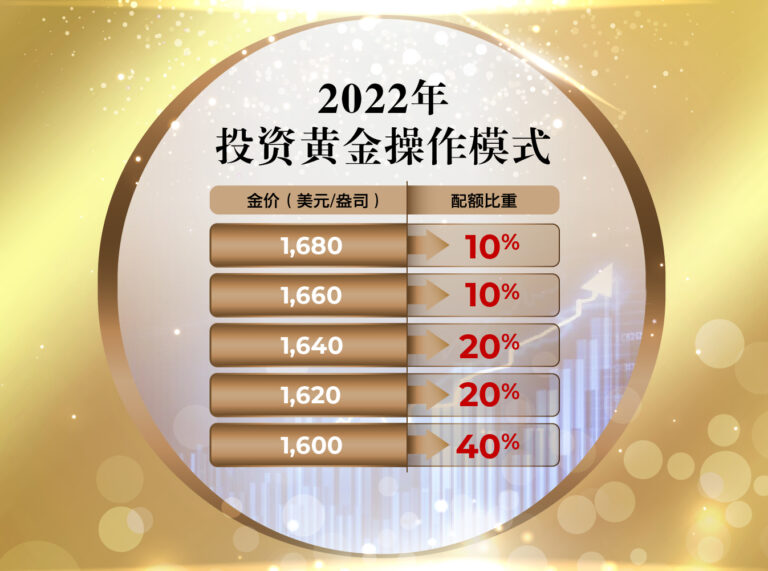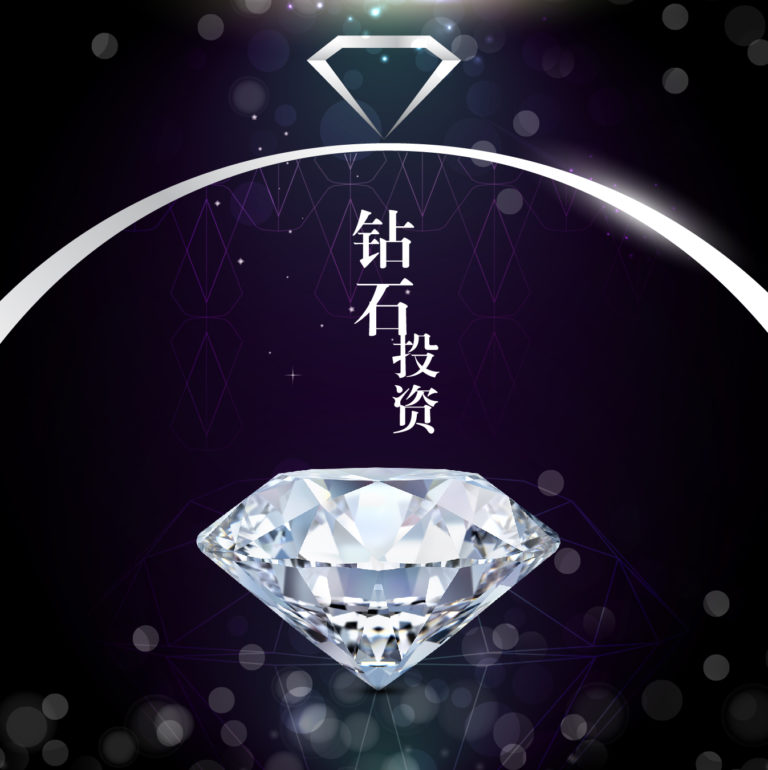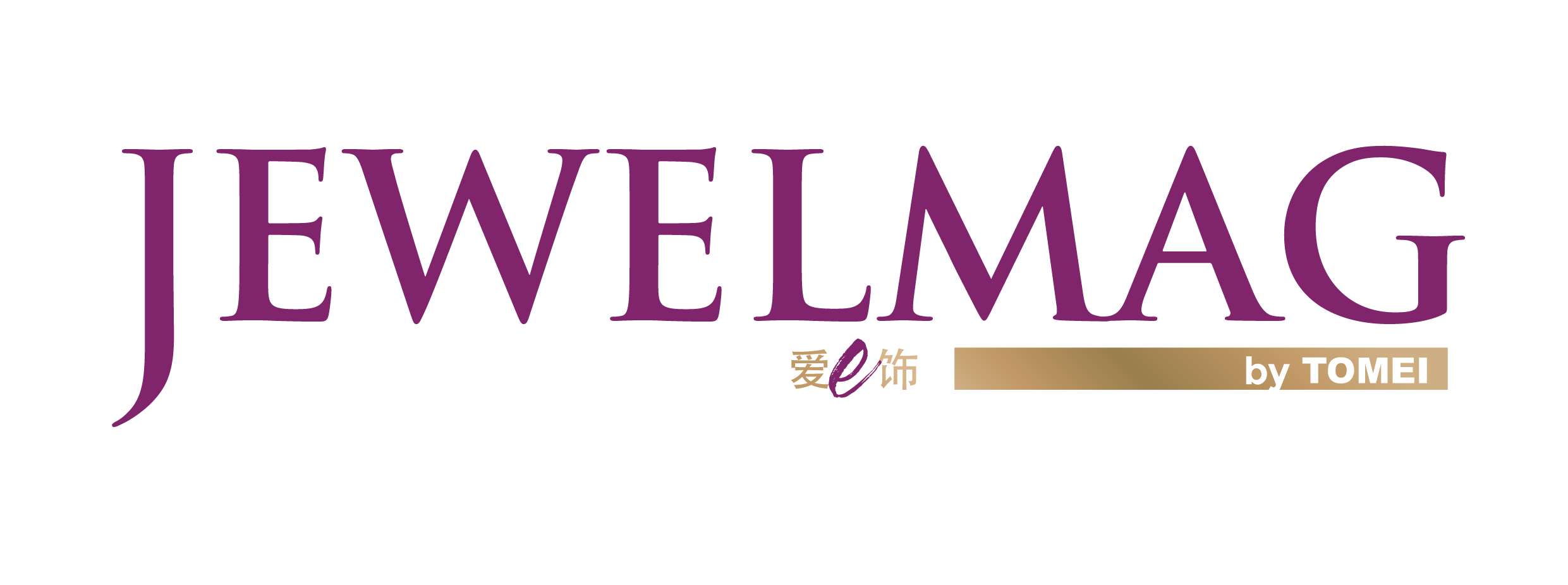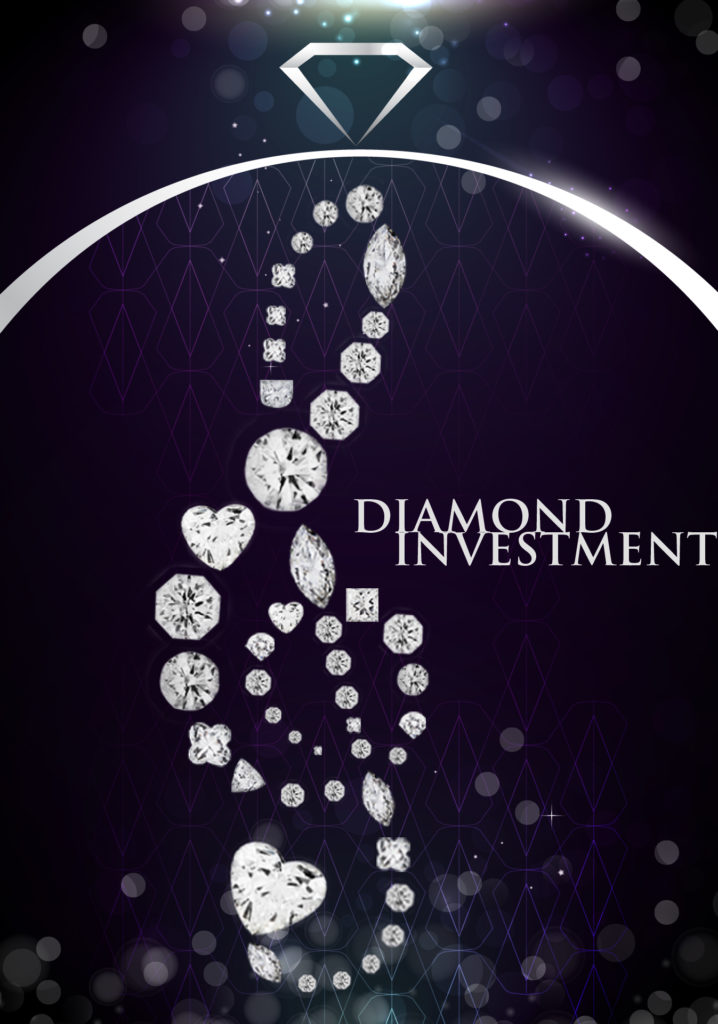
With rising inflationary concerns, people are looking for anti-inflationary investment targets. In addition, the recent rise in the average price of precious metals and diamonds at auctions has also made them a popular investment option for many investors to combat inflation.
5 Advantages of Investing in Diamonds
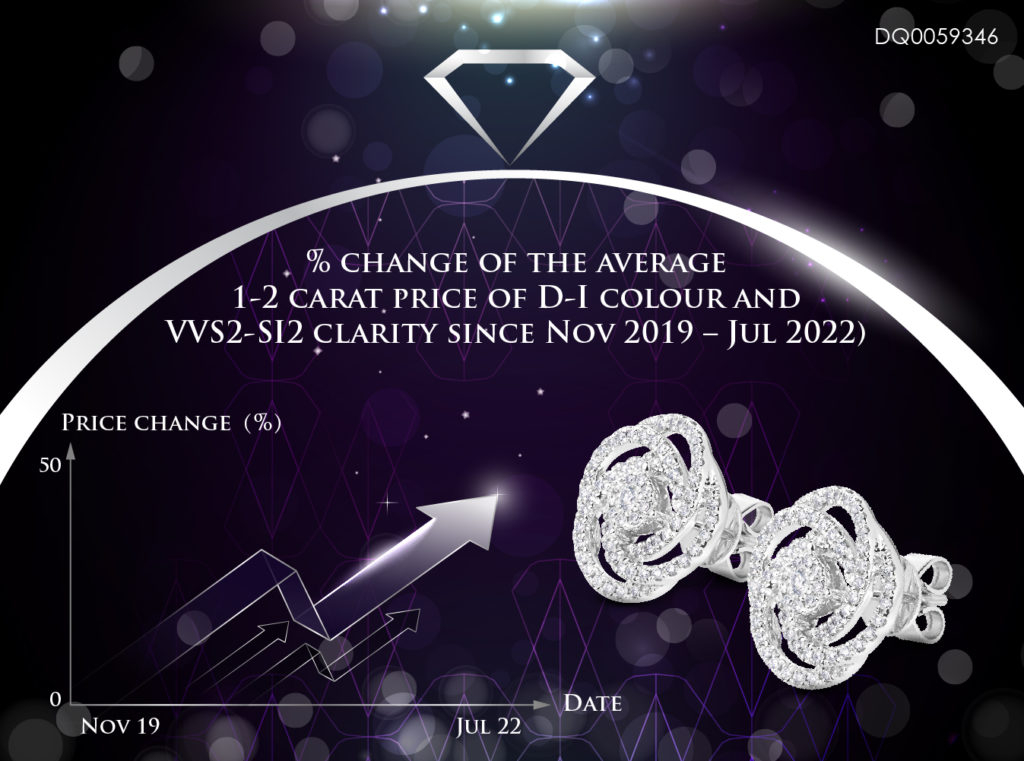
DQ0059346
18K White Gold
D140-0.45CT
4.66g
1) Potential to increase in value
The price from before the COVID-19 outbreak to the present day shows a continuous upward trend in the value of diamonds, with the highest demand for 1-2 carat diamonds increasing by an average of around 20% in just over two years. According to the laws of the market, the underlying cause of this appreciation is an imbalance in supply-demand relationships, whereby global demand for diamonds is increasing while supply is decreasing, thus giving diamonds a high tendency to grow in value.
2) Anti-inflation
These precious “eternity” stones have recently proven their safety as an investment option. They are good for resisting crises, including credit risks for any bank or financial institutions, currency fluctuations, and inflation. Not only are diamonds considered a safe, crisis-resistant investment, but the macroeconomic laws of supply and demand suggest a structural increase in diamond prices on the global market.
3) Rarity
As a naturally occurring gemstone, diamonds are a limited resource. However, as the demand for diamonds in jewellery and investment circles rises and industrial applications become widespread, the amount of diamonds mined continues to increase, thus reflecting their scarcity. As the current situation shows, diamond reserves will likely be in short supply in 10 years. As the saying goes, “Rare is precious,” and because of their limited resources, diamonds have a certain collector’s value and potential for appreciation.
4) Durability
As the most durable substance on Earth, diamonds do not depreciate over time. In contrast to other precious metals or jewellery investments, any surface wear or distortion can result in a loss of value, and collectors are required to restore its appearance and value, thereby reducing the profitability of their investment. In that case, only investors who invest in diamonds can avoid this hidden cost.
5) Portability
Diamonds do not occupy a large storage area compared to other investments such as precious metals, property, or foreign currency. In addition, their lighter weight gives them a higher portability ratio to value. A light-weight diamond which possesses high value gives investors the advantage to easily store and transfer their high-value diamond.
5 Factors to Look Out for When Investing in Diamonds

The value of a diamond depends on its grade of quality. The higher the overall grade, the more expensive it is. The 4Cs criteria for assessing the value of a diamond, namely carat, clarity, colour, and cut, are the factors that most directly affect the price of a diamond.
The value of a diamond will be assessed according to the 5Cs below:
Carat
The carat is the unit used to measure the weight of a diamond, and the larger the weight, the more valuable the diamond is and the more valuable it is in geometric terms. For example, 1 carat equals 100 points, and a diamond with a carat weight of over 100 points has a valuable and collectible value. In contrast, a diamond of 3 carats or more with good colour has greater scope for appreciation.
Clarity
The clarity of a diamond is mainly classified by the number, position, and size of the internal and external flaws of the diamond using a 10x magnifying glass. There are 11 grades of clarity, ranging from flawless (FL/IF), very, very slightly flawed (VVS1, VVS2), very slightly flawed (VS1, VS2), slightly flawed (SI1, SI2) to Imperfect (I1, I2, I3). The higher the clarity, the fewer the inclusions and the higher the value.
Colour
Diamonds come in a wide range of natural colours, from the precious colourless, rare light blue and pink to the common yellowish shade. There are 11 grades of diamond colour, in order of D, E, F, G, H, I, J, K, L, M, N… Z. The whitest diamonds are classified as D, with H being the watershed, below which there is a slight yellow colour visible to the naked eye, and below which there is no collector’s value.
Cut
A natural diamond that has been properly designed and cut to bring out the full brilliance of the diamond through the refraction of light. It is assessed by three parameters: cut grade, polish grade, and symmetry grade. The grades are, in order, Perfect Ideal Cut (EX), Very Good Cut (VG), Good Cut (GD), Fair Cut (F), and Poor Cut (P). Diamonds below the VG grade have poor fire and are not sparkling enough, so it is advisable to go straight for a diamond with all three cuts of EX, commonly known as 3EX.
Certificate

